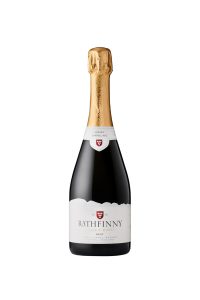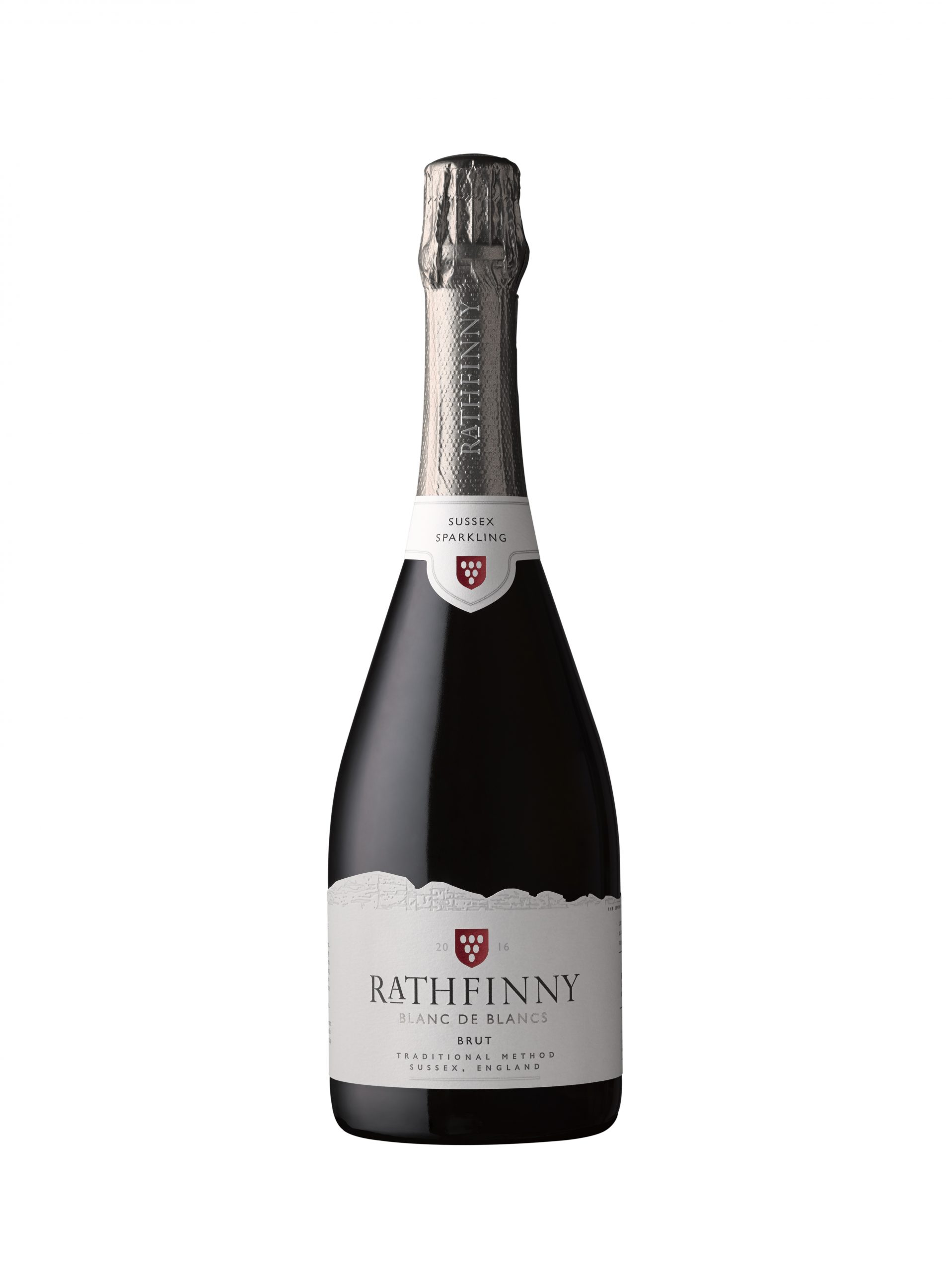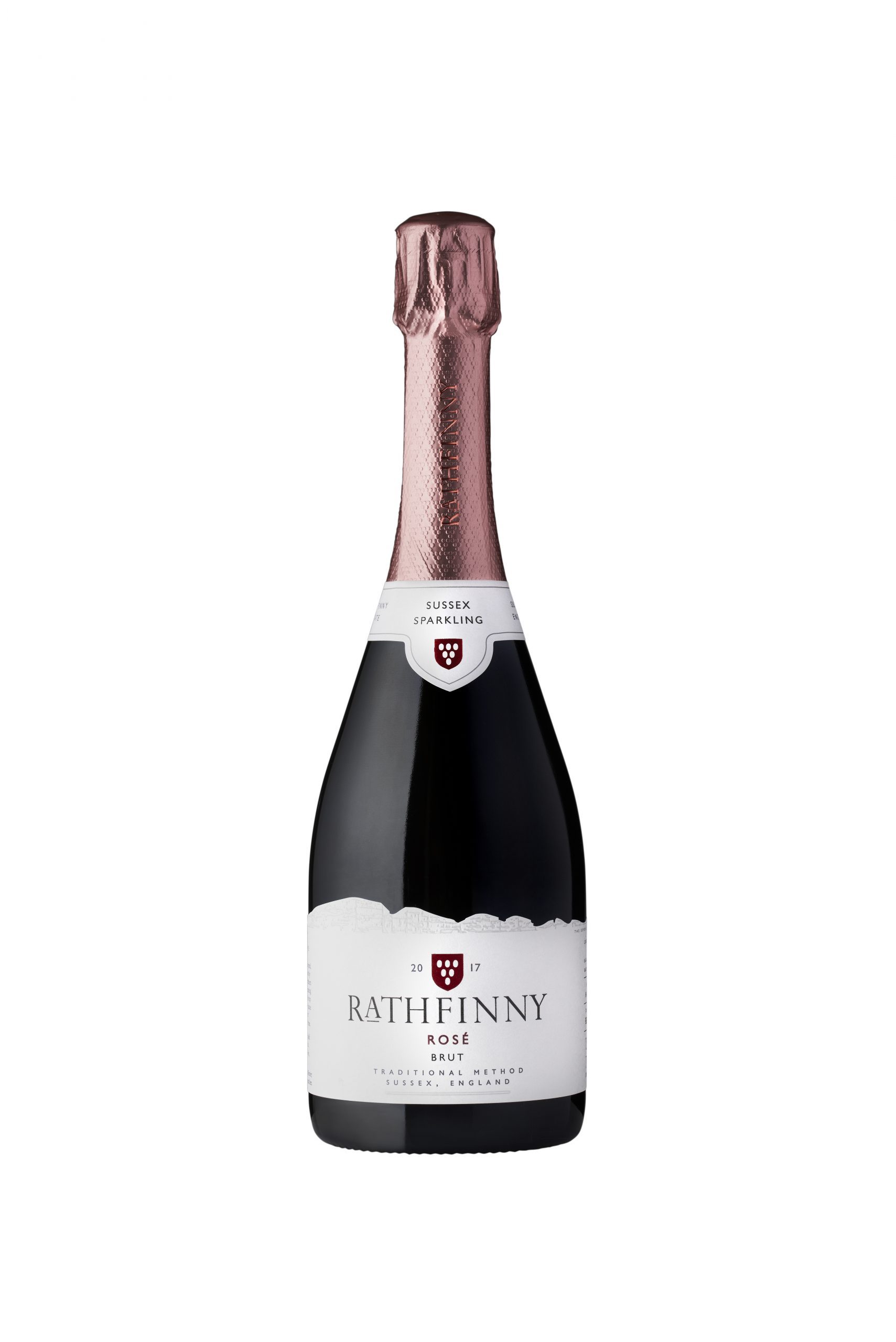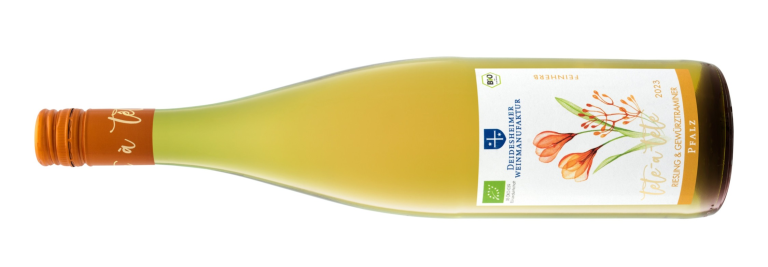Promoting his new book on the subject – due out in September – Oz Clarke describes how lauding English wine used to be “the easiest way in the wine world to get a laugh”.
But, in the time-honoured phrase, no one is laughing now.
Part of the reason lies in one positive (for us) effect of climate change.
Amidst all its potentially negative consequences, climate change seems to have altered the regions where wine producing vines prosper.
The old “wine corridor” – between 30 and 50 degrees of latitude – now seems to have been extended towards the poles.
Beneficiaries on the extremities of the old corridor include France’s Loire Valley but, most all, the changes have created a massive upsurge in the quality and reliability of (especially) sparkling wine from Southern England.
Vineyards are commonplace there now, particularly on the chalk Downs which, of course, are a northerly extension of the geological feature that runs through the Champagne region.
Already, there are some good examples at the budget end of the market.
For instance, Lyme Block Sparkling (£16.99 at Aldi) and Marksman English Sparkling Brut Blanc des Blancs (£22 until 13 July in M&S) are both sound examples.
As with champagne (and things in general) though, as you ascend the price ladder so you are more likely to encounter extra delicacy, complexity and sophistication.
All three appear – and are joined by subtle inter-year variations – once you start to look at vintage versions.
And that brings us to Rathfinny Wine Estate.
Progress with English wine has attracted a diverse range of folk into the business and some enterprises, one senses, will be caught up in any future rationalisation within the sector.
With their considerable past experiences in the corporate world, Sarah and Mark Driver – owners of Rathfinny – however, seem well placed to ride out most upcoming changes.
The size of the operation there and, above all, the quality of their wines are further indications that long term success will be theirs.
They acquired their property near Alfriston in the heart of the Sussex Downs ten years ago and massive investment has gone into the business since then.
The site is a shrewd choice as its proximity to the sea means frost damage is less likely while, Mark Driver contends, it also introduces saline influences into some of their wines.
I tasted my way through the four main Rathfinny wines the other day and here is what I found. Prices quoted are from the Winery but six or seven other retailers do sell one or other wine.
Starting with the Classic

Although its name suggests this is the mainstay of the range, 2016 is actually the first vintage for this guy – which is a pinot noir led (57%) blend of the three classic champagne grapes (chardonnay and meunier being the other two of course).
It has also had “lees- time” to enhance it richness.
Rounded with small active bubbles, 2016 Rathfinny Classic Cuvée (£29.50 from the Winery and, like the other three wines, 12.5% abv) brings us subdued apple fruit with hints of raspberries, pithy lemon and grapefruit acidity, evolving nutty depth and savoury (vaguely toasty) edges.
Next up the Blanc de Blancs

Because it adds delicacy, acidity and those engaging citrus components, chardonnay is of crucial importance to sparkling wine production – so much so, that producers often create versions exclusively from the variety; the esteemed Blanc de Blancs – because pinot noir and meunier are both black grapes.
Very lively at the outset 2016 Rathfinny Blanc de Blancs (£38) provides biscuity substance yet a delightfully smooth and clean mouthfeel that ably supports the green apple and ripe pear fruit, chalky depth, vibrant lemon acidity and underlying suspicion of coconut.
And one from black grapes

Conversely (but rather less usual) producers can also bring us a mirror image of Blanc de Blancs sparkling wine made entirely from black grapes – to capitalise on the dark and non-citrus fruit elements and richness that pinot noir (and, to a lesser extent, meunier) bring to the party.
I particularly enjoyed the mandarin zest, lingering acidity and white peach fruit of 2016 Rathfinny Blanc de Noirs (also £38) where things open up with fresh fruit aromas and a very energetic mousse before ripe cherry and muted savoury aspects begin to shine through.
Finally to the Rosé

Now in its third year, the rosé part of the range is a year younger than the others and is almost two thirds pinot noir – some of which has been aged in French oak before blending to give the wine its striking colour.
With a lightish mousse but nutty, plum stone depth 2017 Rathfinny Rosé Brut (£36) centres around floral raspberry and cherry fruit with suggestions of blackcurrant coupled with an acidic freshness containing suggestions of pink grapefruit and orange.
Join us again on Monday for more Top Tips and another look at retailers’ promotions due to begin or end next week.








